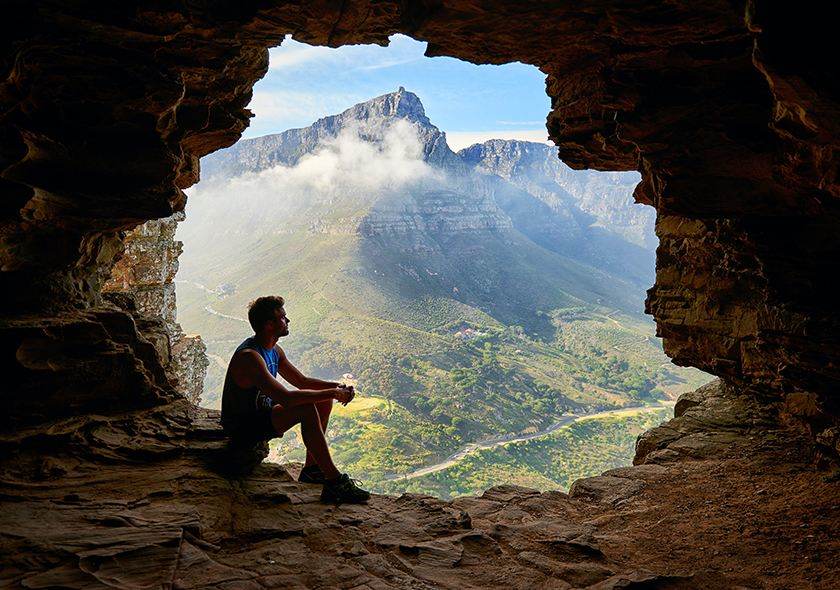Iran National Parks

Iran National Parks
According to the Iranian department of environment, “National Park refers to a range of natural resources of the country, including forests, pastures, woodlands, plains, water resources and mountains, which represent outstanding examples of natural features and in order to “preserve them in a constant way, and create a suitable environment for the reproduction and breeding of wild animals and the growth of plants, they are protected under completely natural conditions.”
Although it may seem that Iran’s wildlife is more attractive to Iran adventure tour fans, experience has proven that any tourist may find wildlife attractive.
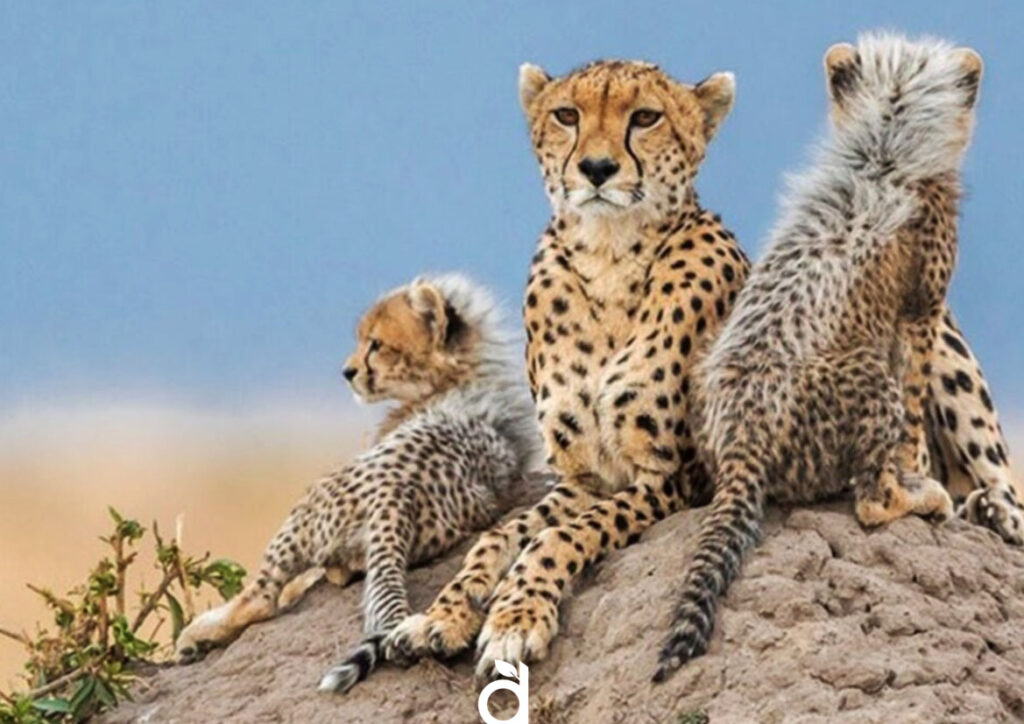

In this article, we have tried to address Iran national parks as much as possible, and to make decision making easier for those who are planning to visit Iranian national parks, the executive department of Deytrips has provided a list including the best attractions of this kind.
The criteria and features of Iranian national parks
To be eligible as a national park, the following features and criteria should be present:
these areas should have rich natural features and quality in terms of vegetation and animals.
They must have outstanding features in terms of landscape, scenery and geology.
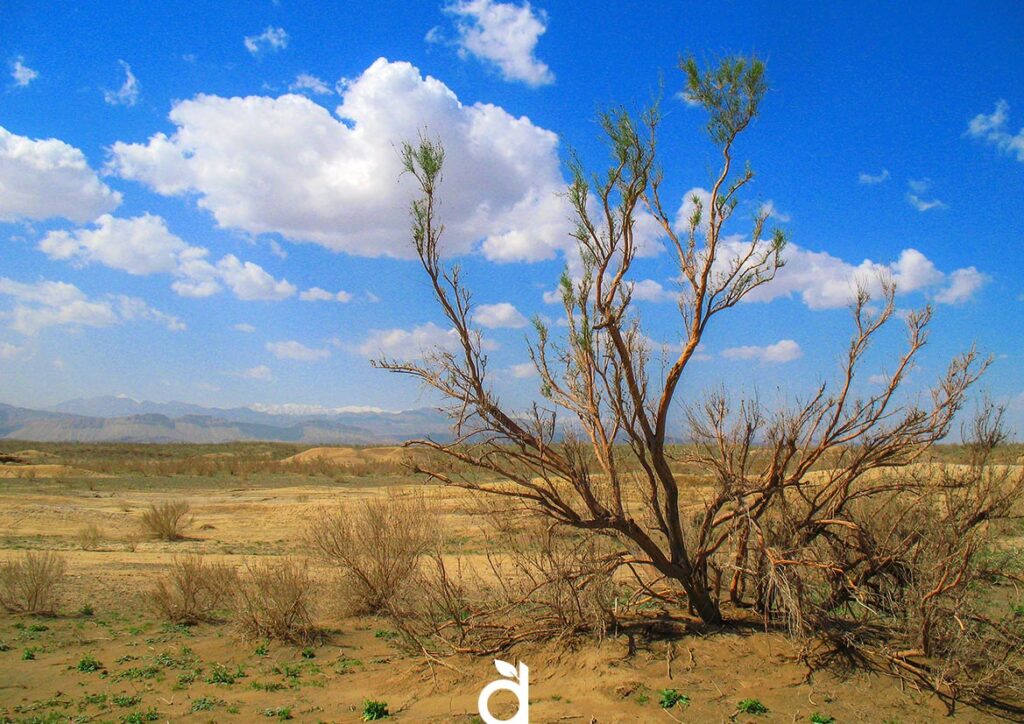
These areas must contain diverse and rare specimens of biological communities and ecosystems.
These areas should be vast and large enough to be visited and used by the public, research work and other activities. Here are some of Iran’s national parks:
— Mojtaba Taghiabadi / Deytrips
Let's get acquainted with some of Iran's national parks.
Iran has 31 national parks, covering a total area of 2,056,577 hectares, which is a significant portion of the country’s total land area. These parks are located in 17 provinces of Iran. The first national park established in Iran was Bamou National Park, which was founded on March 13, 1971, and the largest national park in Iran is Urmia National Park, covering an area of 541,315 hectares. Five national parks, including Golestan, Kavir, Turan, Dena, and Lake Urmia, have also been selected as parts of the World Network of Biosphere Reserves by UNESCO.
- Golestan National Park
- Khar Turan National Park
- Kavir National Park
- Khojir National Park
- Arasbaran National Park
- Shopping Spree
Bojaq National Park
One of the national parks of Iran is known as Bojaq, which is located northeast of Rasht, in the city of Kiashahr in Gilan province. Bojaq is a no-hunting zone and is about 3,250 hectares wide. What makes this area distinct is its vegetation including, azalea, buttercup, alder, raspberry, pomegranate and… and its animal species, including unique birds such as sandpiper, ibis, gray goose and curlews. Bojaq Wetland also has aquatic animals such as Caspian kutum and European carp. This national park is among the few habitats of the endangered Caspian seal in Iran.
Urmia National Park
The Persian leopard, enjoying a unique combination of pride, beauty, grandeur, power and prestige, is a strong and agile feliformia with dreadful attacks. The Persian leopard with the scientific name, Panther pardus saxicolor, is the biggest leopard in the world with a wide variety of food and habitats. Urmia lake national park is one of the habitats of this animal in Iran.
This national park is located in northwestern Iran, between East and West Azerbaijan, and covers an area of 464,056 square kilometers. Vegetation of this region includes thyme, common wild oat, lily, poppy, yellow salsify, ziziphora, oats, cherry tree, almond and… . The animal species of this region also include Persian leopard, ram, Persian fallow deer, rat and … .

Khojir National Park
This national park is located in Tehran province and covers an area of about 9,971 hectares in the east of Tehran. In Khojir national park, you can see a variety of plant species such as prangos pabularia, amygdalus lycioides, colutea, rose madder, european ash, garland thorn and artemisia. Animals such as deer, falcon, fox, eurasian otter, jackal, Zagros mountains mouse‑like hamster, Persian jird, diadem snake and birds such as mallard, see-see partridge, golden oriole, common teal, and eurasian hoopoe are found in this national park.
The good point about this Iranian national park is that it is located in the capital and should you be interested in visiting it, you’d just need to ask your tour guide to make the respective arrangements.

Bakhtegan National Park
Bakhtegan consists of two parts; “Bakhtegan protected area and Bakhtegan national park”, which is approximately 175,372 hectares wide and is located 70 km west of Neyriz in Fars province. Among the plants and trees found in this area are prunus scoparia, ziziphora, halophytes, figs, prunus lycioides, and terebinth. The animal species of this region are also very attractive, among which we can mention black-tailed gazelle, fox, jackal, ram and ewe, and birds such as egrets, gulls, storks, hobbies, herons, golden orioles, griffon vultures and bustard.
It is in fact an unparalleled experience to see all these alluring animal species all together in their original habitat.

Ghomishloo National Park
To the west of Isfahan, there is another national park, known as Ghomishloo, which means reedbed. Ghomishloo National Park is 86,685 hectares wide and due to the castles and historical monuments located in it, is of both environmental and historical value. Animals such as agamas, porcupines, brandt’s hedgehogs, rams and sheeps, wild boars, caracals, rabbits, green toads and birds such as saker falcons, bee-eaters, bats, long-legged buzzard, steppe eagle, black vulture and … are found in Ghomishloo national park.
Since Isfahan is a fixed destination of Iran tours, visiting this Iranian national park could be included in your itinerary on your trip to Iran.
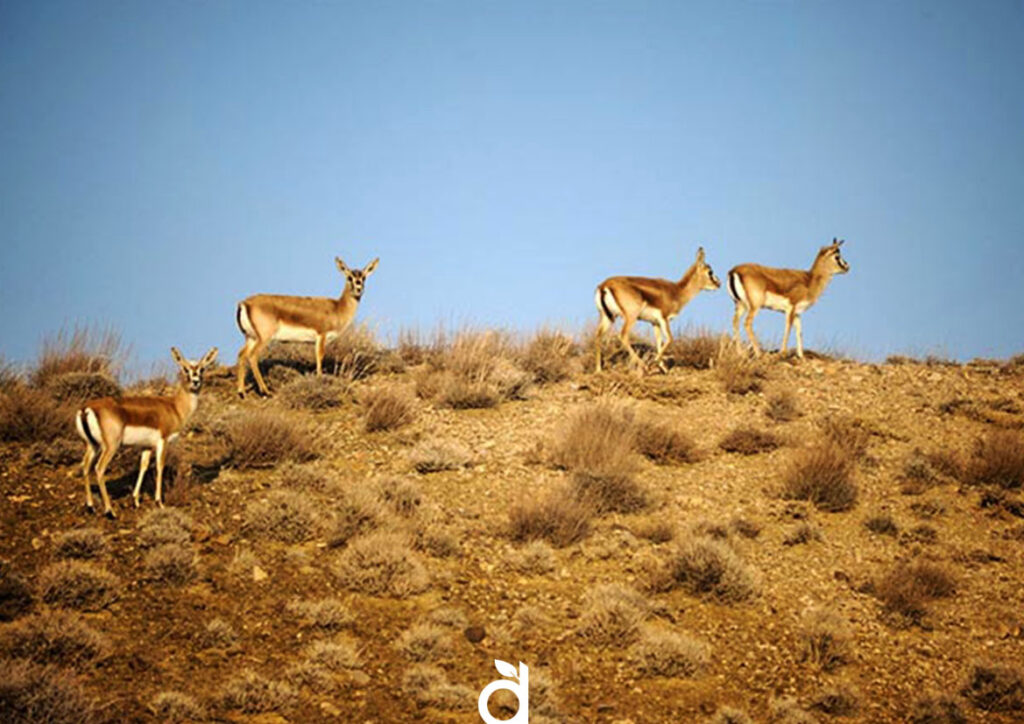
Nayband National Park
Another national park in Iran, is Nayband, which is located in the south of Bushehr province. Nayband national park, 46,000 hectares wide, contains a rich and important collection of plants such as salsola, sacred fig tree, daphnia, rohida, zygophyllum, ziziphus and mangrove. The animal species found in Nayband national park include goats, Indian gazelles, foxes, rabbits, crested larks, kentish plover, dalmatian pelican, hawksbill sea turtle, mudskippers, and etc.
Among the aforementioned animals, the hawksbill sea turtle is in danger of extinction and has attracted environmentalists’ attention.

Turan or Kharturan National Park
Another famous national park in Iran is Turan National Park, located in Semnan and Khorasan Razavi provinces. This national park is about 1464992 hectares wide and Asiatic cheetah and Persian onager
are among its most prominent animal species. Of course, there are other animals such as hyenas, caracals, chinkaras, deer and wild rams along with birds such as tawny eagles, owls, Indian rollers, rock doves, Isabelline shrikes and Iranian ground jay in Turan National Park. Alhagis, zygophyllum, atraphaxis, Haloxylon and astragalus are among the vegetation and trees of this region.
Khartouran National Park could be an ideal option for those interested in wildlife and Iran adventure tours.

Lar National Park
One of the most famous national parks in Iran is Lar National Park, located on the southern slopes of Alborz, between the provinces of Tehran and Mazandaran. This park is 73,500 hectares wide and it has had a dam since 1982. In this park, different plant species, including chamomile, mountain tea, licorice, chicory, wild lily, sage,broadleaf plantain and yarrow are found. There are also a variety of animals and birds here, including wild goats, brown bears, leopards, hogs, hedgehogs, yellow -headed Agama, natrix, owls, vultures, and owls.
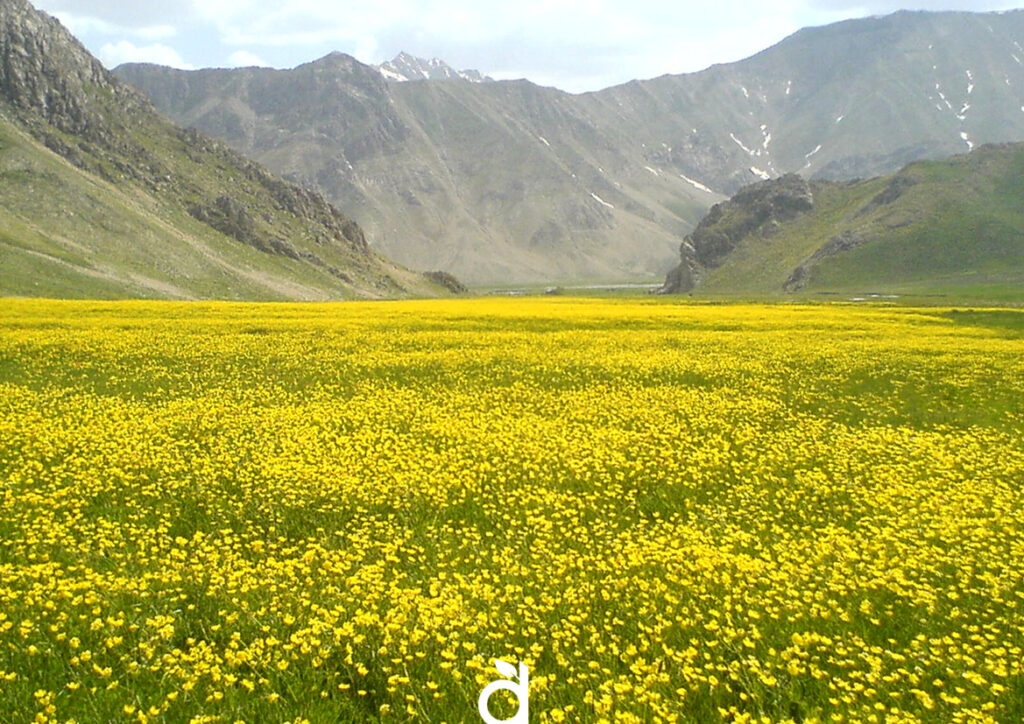
Tandoureh National Park
One of the national parks in the northeast of Iran is Tandoureh, located in Dargaz city in Khorasan Razavi province and covers an area of about 53,780 hectares. This national park has a variety of vegetation such as caraway, spiny plum, wild flax, barberry, thyme, willow and … and Persian leopard, snake, wild goat, hyena and ram and urial are among the animal species of Tandoureh National Park. A variety of birds are also found in this national park, including the common linnet, the golden eagle, the Eurasian skylark, hobby, scops owl, corn bunting, the warbler, and the common blackbird.
If you had the chance to see the golden eagle while visiting Tandoora National Park, you can consider yourself one of the luckiest people of your kind, because you had the opportunity to see a bird that mostly hides itself from the eyes of humans.

Golestan National Park
Definitely one of the most famous national parks in Iran and of course the largest and oldest of them is Golestan National Park, which is located in the east of Golestan province and west of North Khorasan province. This national park is about 92,000 hectares wide, and enjoys a high diversity in flora and fauna and is also inscribed in the UNESCO world heritage list.
The vegetation and trees of this park are very diverse and include species such as wild pomegranate, Persian ironwood, yellow oak, garland thorn, wild pear, acantholimon, alhagi, borage, raspberry and European ash. There are many birds and animals in this national park, including leopards, brown bears, foxes, otters, rams and sheep, pallas’s cat, red deer, common blackbird, saker falcon, rosy starlings, partridges, shrikes, and the cinereous vulture.
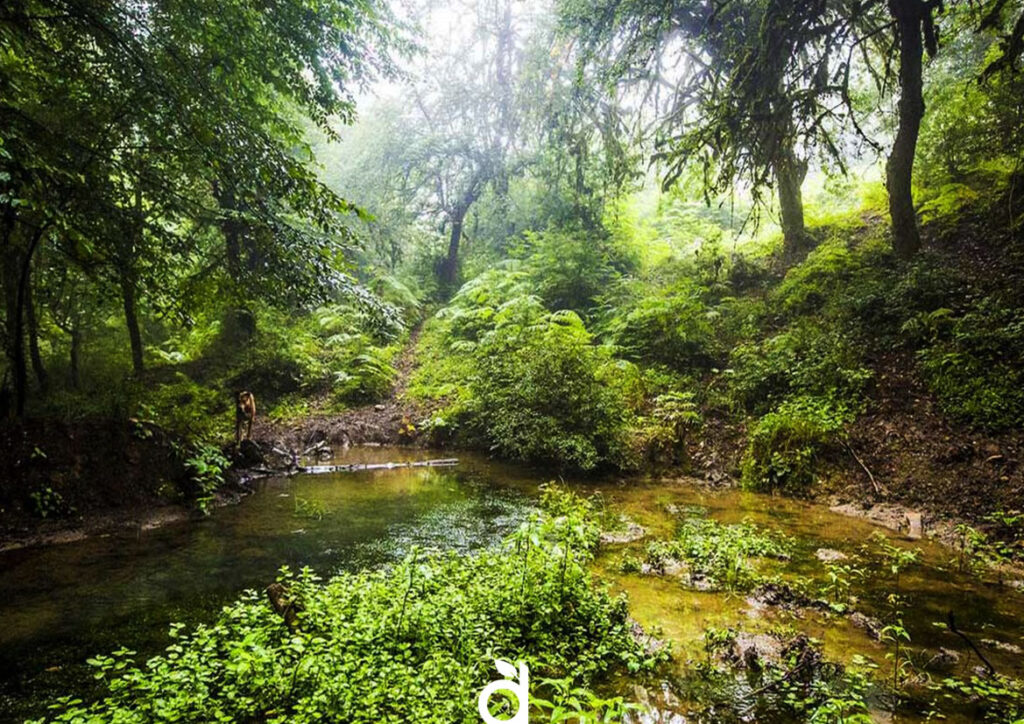
Qatruyeh National Park
This national park is located on the border of Fars and Kerman provinces and in the east of Neyriz city, is about 408017 hectares wide. This park is located next to the Bahram Gour protected area and houses the Persian onager. Other valuable animals and species found in this area are Asiatic cheetahs, caracals, Iranian ground jay, bustard, wild goats, rams and sheep, boars, foxes, wolves, hyenas, wild cats and Chinkaras, along with partridges, see-see partridge, sandgrouse and a variety of other hunter birds. Qatruyeh National Park, despite being endangered due to overgrazing, has a diverse plant diversity.
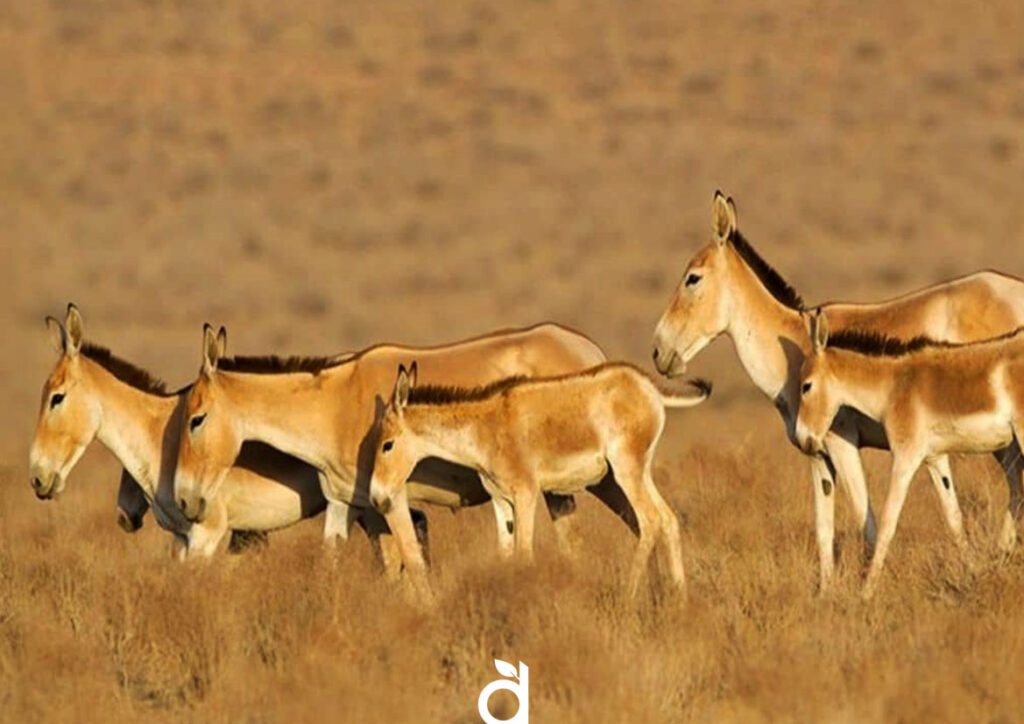
Behshahr Paband National Park
It is one of the national parks of Iran in Mazandaran province, which has an area of 26597 hectares and is the habitat of animal species such as red deer, roe deer and leopard. Next to this national park, there is a protected area of one thousand acres. This park was registered as a national park in 2004 and the following animal species are found in it: The main species of animals in the region are: leopards, brown bears, boars, jackals, common foxes, woodpeckers, otters, woodpeckers. , Forest eagle, partridge and all kinds of shrikes.

Kiyasar National Park
Kiasar National Park is another national park in Iran that has been nationally registered in Mazandaran province. In this national park, trees such as oak, yew and different species of animals are found.
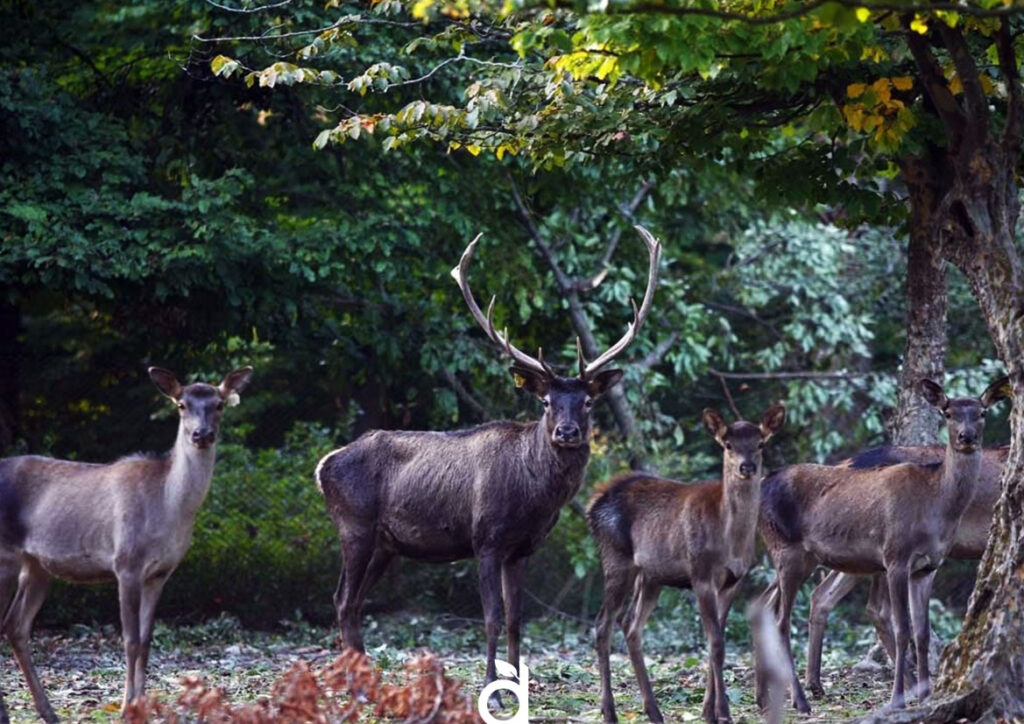
Saluk National Park
This national park is located in Esfarayen city and between N3715 to N3707, north latitude E5717 to E5703, east longitude, which has an area of 11670 hectares. In this area, wild animals and various birds such as partridges and deers, rams and ewes are found. The vegetation of the region includes plants such as pears, wild plums, barberry, cranberries, Dog-rose, maple, fig and walnuts. This national park is located in the northeast of Iran.
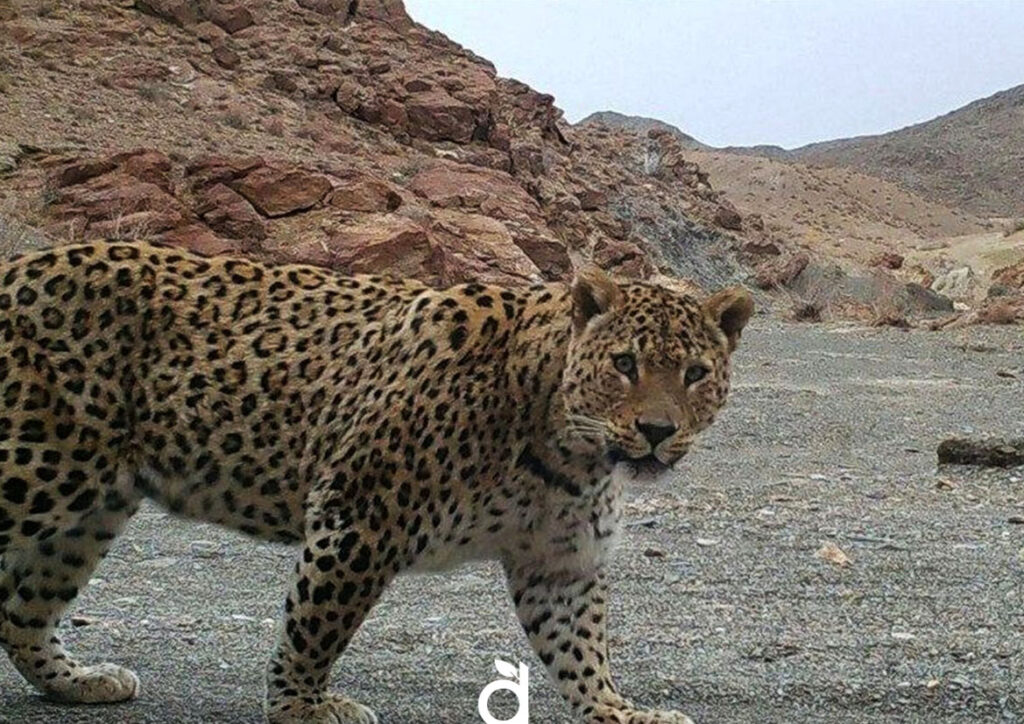
Khabr National Park
Khabar National Park is located 60 km south of Baft city in Kerman. Khabar national park, 150,000 hectares wide, is the habitat of unique animal species such as black bear, caracal, honey badger, wolf, chinkara, and wild goat, ram and sheep, leopard , and cheetah. About 470 plant species have been identified in this national park. In the 1970s, Kerman Baft Khabar National Park was recognized as a protected area. In 1991, this area was registered as a cultural heritage in the UNESCO world heritage list, and in 1998, most of it was upgraded to a national park. Khabar National park and Wildlife, enjoying a variety of special species of animals, is one of the largest national parks in Iran.
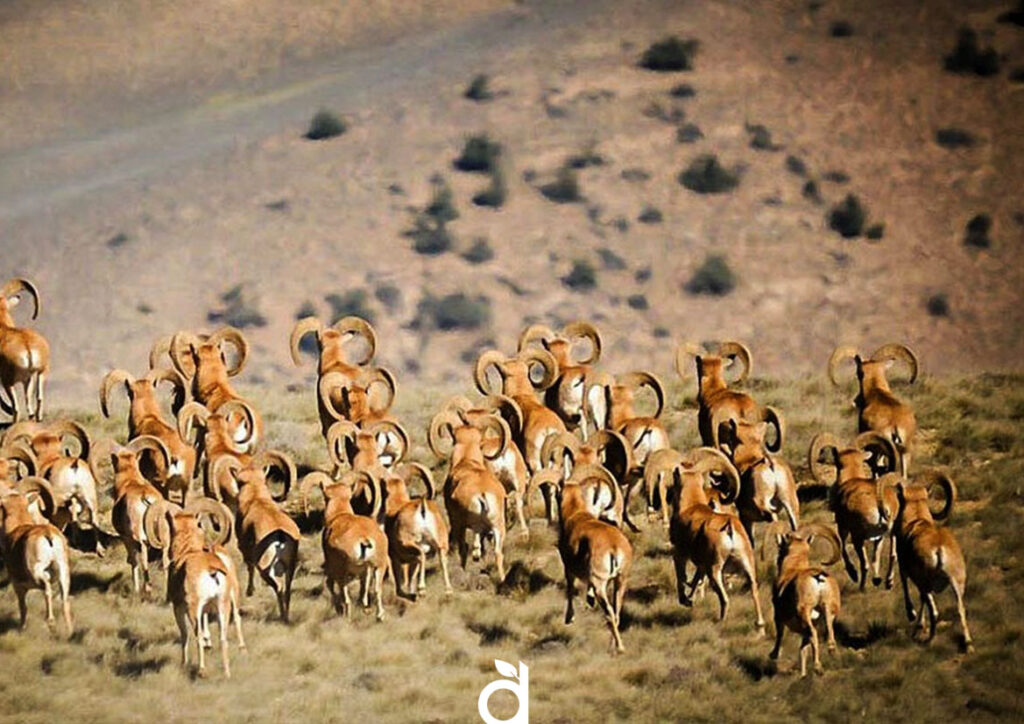
Sorkheh Hesar National Park
Sorkheh Hesar National Park is located in the east of Tehran and has an area of 9,168 hectares. Sorkheh Hesar national park is so well known and popular for its diverse species of animals and plants and its closeness to Tehran. In fact, due to its proximity to the mountains and heights of Alborz, it has a diverse vegetation.
Birds in Sorkheh Hesar National Park include Gray Heron, Night Heron, Bitterns, great agret, Gadwall, Eurasian teal, northern shoveler, pintail, osprey, kite, Eurasian sparrowhawk, Northern goshawk, Golden Eagle, eastern imperial eagle, common buzzard, vulture, cinereous vulture, kestrel, saker falcon, peregrine falcon, falcon, sandpiper, and woodcock. A variety of reptiles and amphibians including snakes and vipers, common frogs, green toads and Greek tortoises are found in Sorkheh Hesar National park.

Kavir National Park
Kavir National Park is considered as one of the largest and oldest protected areas in Iran and is located between Semnan, Tehran, Qom and Isfahan provinces. This park is also among the 9 biosphere reserves in Iran.
Animal species found in this region include Asiatic cheetah, Persian leopards, wolves, striped hyenas, sand cats, red foxes, rüppell’s foxes, chinkaras, wild goats, rams and ewes, jackals, and caracals.
As it is clear, this national park is different from the rest of the national parks in terms of vegetation and could be considered a good option for those interested in the desert and its dangerous wildlife.
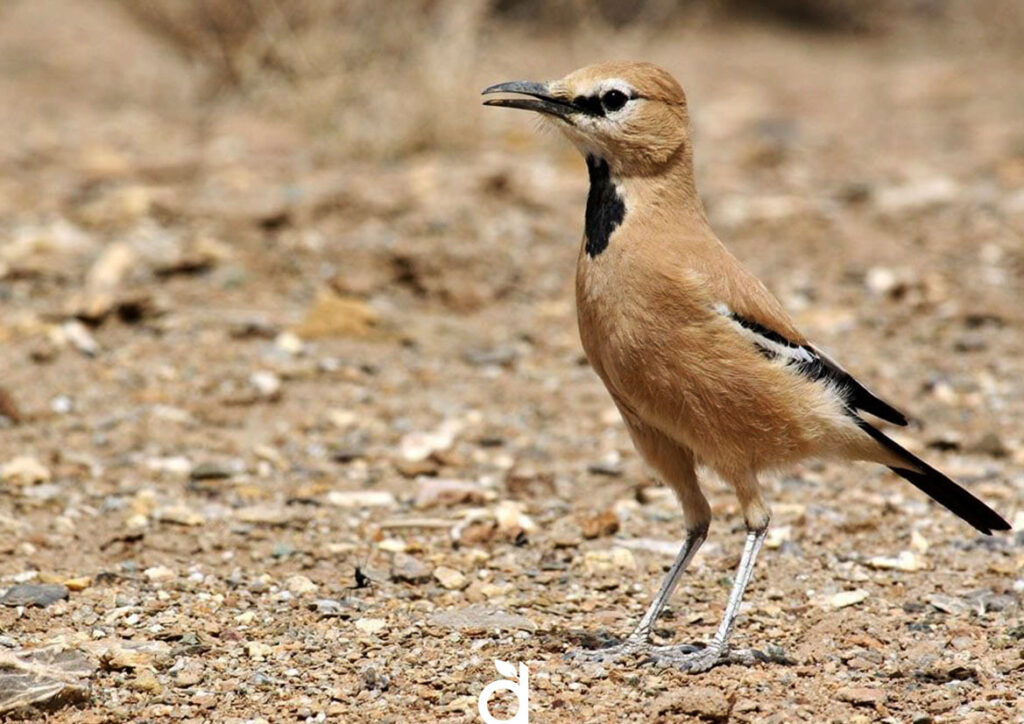
The purpose of considering some areas as national parks has often been to protect endangered rare species of genetic diversity and also Support the unique and geographical ecosystems while preserving their vastness and integrity.
National parks are useful for environmental and ecological studies and they act as a model for comparative studies.
National parks provide an ideal context for educating people and making them familiar with the pristine and less known ecosystems in the world.
National parks are effective in reducing natural disasters. In the national parks of Iran, there are forest areas that not only provide water resources but also cause strength and stability in the adjacent lands. This process, by preventing mountain falls, avalanches and erosion, can save lives and protect the infrastructures.
These areas, maintaining natural river basins and protecting wetlands, reduce the risk of floods as well. In addition, national parks which are located along the coasts, due to the presence of plants such as shrubs and coral reefs, reduce floods and also prevent coastal erosion when sea level rises.
National parks play an important role in the economies of countries. National parks attract visitors and travelers from all over the country and the world to small rural areas and communities and create jobs for locals.
If you are planning to travel to Iran, especially if you have an Iran adventure tripahead, consider visiting Iran national parks. Deytrips tour and travel agency, an Iran tour operator specialized in Iran tours and Iran adventure tours and Iran cultural tours in particular, would be more than happy to help you in your trip to Iran.
— Mojtaba Taghiabadi / Deytrips
All Categories
Recent Posts
Iran National Parks
Exporting Persian carpets from Iran
The importance of a travel guide
